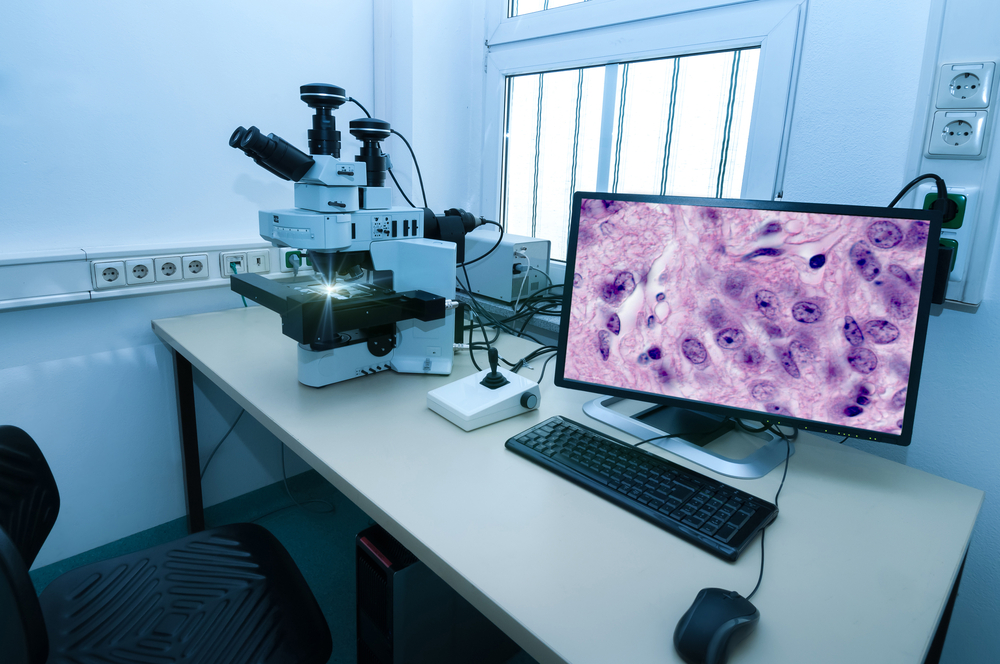Study Examines Skeletal Muscle Remodeling in ALS and Potential Disease Biomarkers

Researchers investigating the processes of muscle degeneration and regeneration in people with amyotrophic lateral sclerosis (ALS) gained new knowledge of the pathways involved in muscle denervation and reinnervation. Specifically, they examined how proliferation and differentiation of skeletal muscle stem cells are affected by ALS, and potential biomarkers for disease progression. The study, “Skeletal Muscle Remodelling as a Function of Disease Progression in Amyotrophic Lateral Sclerosis,” was published in BioMed Research International.
ALS, the most common motor neuron disorder in adults, is characterized by the degeneration of motor neurons, leading to a loss of nerve connection and muscle weakness. Persistent muscle wasting eventually overcomes attempts by the neuromuscular system to restore function, resulting in progressive muscle atrophy and respiratory atrophy. Knowledge of the skeletal muscle degeneration/regeneration process and the myogenic potential in ALS, however, is limited and these events have not been investigated in a time course perspective.
Whether denervation originates from the neuron or the muscle is also a matter of controversy.
As maintenance of skeletal muscle function is a promising therapeutic target, researchers set out to better understand skeletal muscle degeneration/regeneration in ALS patients, evaluating how different disease markers change over 12 weeks of disease progression. The scientists evaluated five patients using the revised ALS functional rating scale (ALSFRS-R), which showed that the patients had similar functional score at the study’s beginning and comparable symptom decline over the course of the assessment. Muscle biopsies were collected and matched with healthy controls, and several gene expression analyses were performed.
Results indicated that, despite no significant changes in the examined mRNA markers during the 12-week period, there were morphological changes in ALS muscle suggestive of active denervation and reinnervation. Moreover, researchers found differences between ALS patients and controls in pathways related to skeletal muscle homeostasis, regenerative markers, neurodegenerative factors, cell cycle factors, and inflammatory markers, among others. Denervation-induced markers were highly expressed in the patients, in line with denervation being one of the earliest signs of ALS. The researchers suggested that these makers (CHRNA1, GDNF, and CDK5) are sensitive enough and increase at a large enough level to be potential biomarkers of ALS development and progression.
The small number of patients in the study was noted as a major limitation. Despite this, the researchers concluded, “our results suggest that activation, proliferation, and differentiation of skeletal muscle stem cells are affected and possibly halted in ALS patients and there is therefore a generally insufficient myogenesis that cannot overcome the denervation-induced wasting. It would therefore be necessary to understand which mechanisms are affected in order to impact on the myogenic program if we are to diminish disease progression and skeletal muscle atrophy in ALS patients in the future.”






